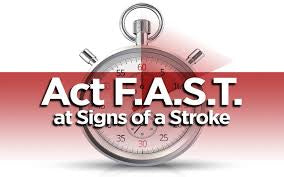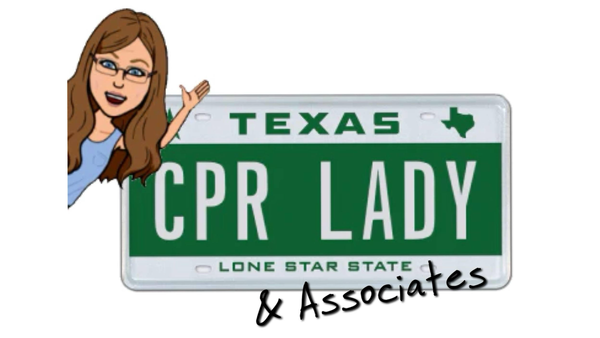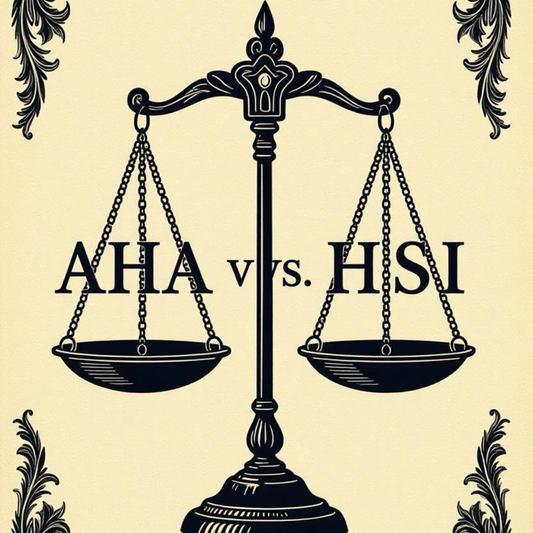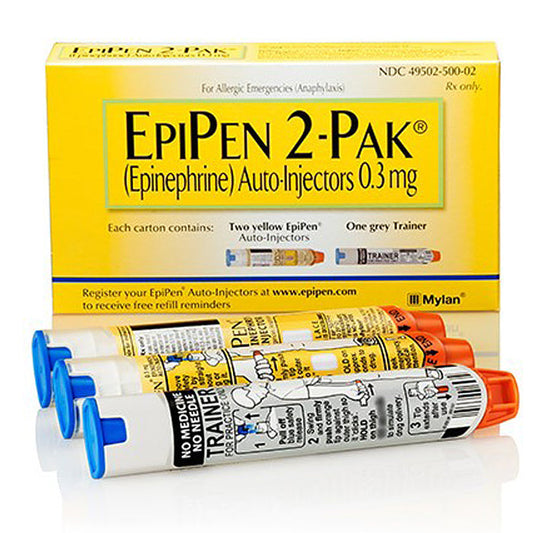
Recognizing the Signs of a Stroke: A Life-Saving Guide
William BeauregardShare
A stroke is a medical emergency that can strike suddenly and with devastating consequences. The key to minimizing the damage caused by a stroke is early recognition and prompt action. In this blog post, we will explore the signs of a stroke, different types of strokes, risk factors, and what you should do if you or someone you know experiences stroke symptoms.
Understanding Stroke
A stroke, also known as a cerebrovascular accident, occurs when the blood supply to the brain is disrupted, leading to brain cell damage or death. This interruption can happen in two primary ways:
-
Ischemic Stroke: This is the most common type of stroke, accounting for about 87% of all cases. It occurs when a blood clot or other debris blocks a blood vessel in the brain, cutting off the blood supply to that area.
-
Hemorrhagic Stroke: This type is less common but often more severe. It results from the rupture of a blood vessel in the brain, causing bleeding into the brain.
Recognizing the Signs
Knowing the signs of a stroke is crucial for swift action. The acronym FAST can help you remember the key symptoms:
F - Face Drooping: One side of the face may droop or become numb. Ask the person to smile; if one side of their face is uneven, it could be a sign.
A - Arm Weakness: One arm may become weak or numb. Ask the person to raise both arms; if one drifts downward, that's a potential sign.
S - Speech Difficulty: Speech may become slurred or difficult to understand. Ask the person to repeat a simple sentence; if they struggle, take it seriously.
T - Time to Call 911: If you or someone else shows these signs, it's time to call 911 immediately. Time is crucial in treating a stroke.
Additional Symptoms
In addition to FAST, other signs can indicate a stroke:
- Sudden severe headache.
- Trouble seeing in one or both eyes.
- Loss of balance or coordination.
- Confusion, dizziness, or difficulty walking.
Risk Factors
Understanding the risk factors for stroke can help you take preventive measures. Some common risk factors include:
- High blood pressure
- Smoking
- Diabetes
- High cholesterol
- Obesity
- Physical inactivity
- Family history of stroke
- Age (risk increases with age)
- Race (African Americans are at a higher risk)
Preventing Strokes
Prevention is often the best approach to dealing with strokes. To reduce your risk, consider these steps:
- Maintain a healthy lifestyle with a balanced diet and regular exercise.
- Control blood pressure, cholesterol, and diabetes.
- Avoid smoking and limit alcohol consumption.
- Know your family history and discuss your risk factors with your doctor.
Conclusion
Recognizing the signs of a stroke is crucial for a swift response that can save lives and reduce long-term disability. Remember the FAST acronym and educate those around you. Stroke awareness and prevention are essential steps in the fight against this life-threatening condition. If you or someone you know experiences these symptoms, don't hesitate; call 911 immediately – time is of the essence.



